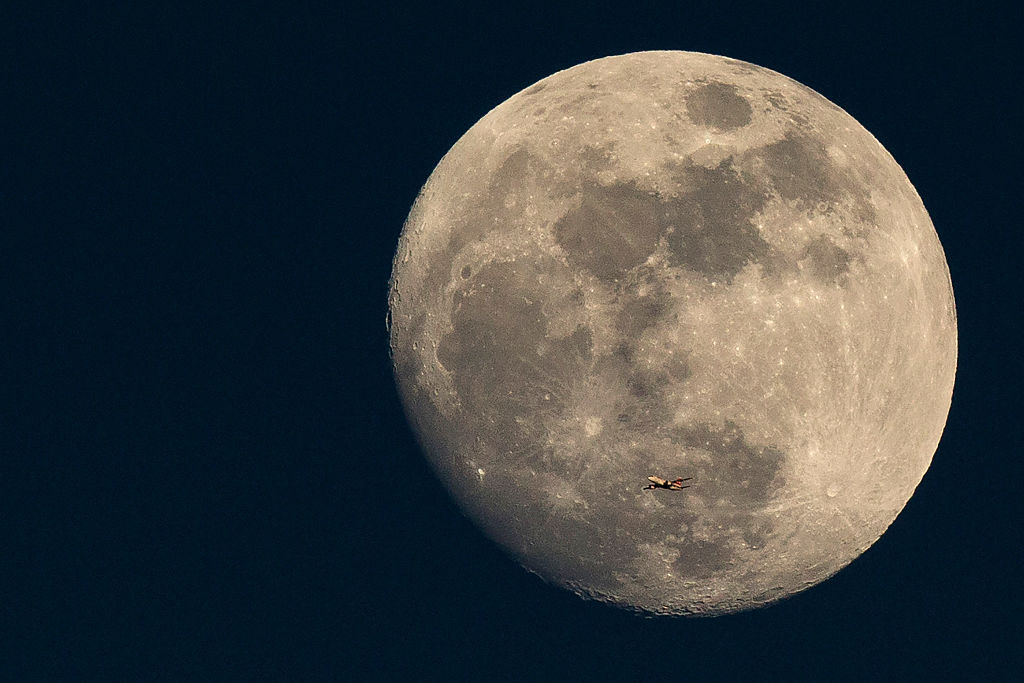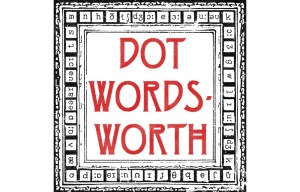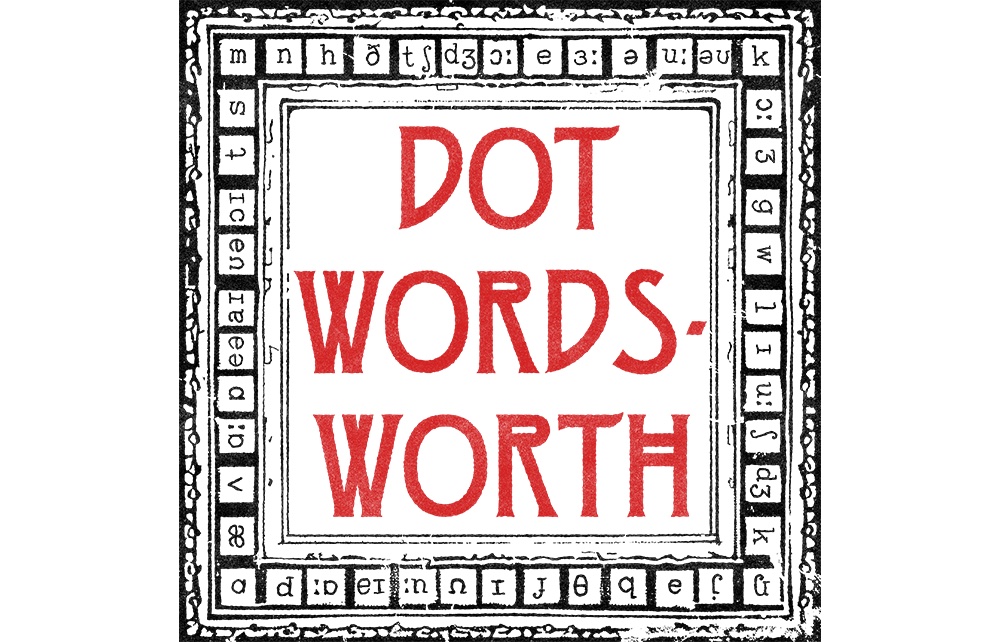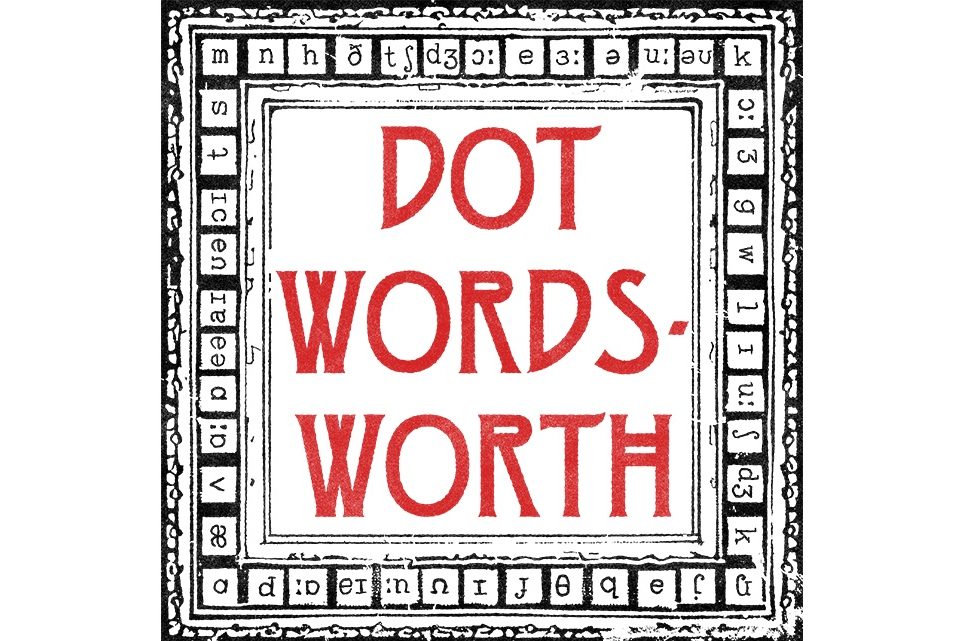My husband was so excited about learning the term perigee–syzygy that he kept saying it over and over, until the words blended into his regular breathing and he dozed off in his chair.
The compound word describes what the vulgar press calls a supermoon. A syzygy happens when the Moon, Earth and sun line up, creating a full moon (or a new moon, which we can’t see because only the far side gets lit up). The perigee is when the moon comes closest to Earth (its farthest point is called the apogee). The distance changes because the moon’s orbit around Earth is oval-shaped. The strange word syzygy, which English speakers have used since the 1600s, simply comes from the Greek word for a yoke and is related to the grammar term zeugma (“straight home, in a flood of tears and a sedan-chair” — The Pickwick Papers). When the moon is full and near its perigee, it looks bigger than usual.
An astrologer named Richard Nolle came up with the term supermoon in 1979. The Moon appears 14 percent wider than when it’s at its farthest point. Media hype about perigee-syzygy moons irritates me because they use Native American names. On November 5, we saw a large moon that’s being called the Beaver Moon. We don’t have wild beavers in Britain (except for escapees). But Native Americans supposedly did something with beavers in November — probably hunted them.
I have similar issues with other full moon names throughout the year, like March’s Worm Moon and August’s Sturgeon Moon. In English tradition, we do have one authentic old name for a moon that appears within two weeks of the fall equinox (September 22 or 23) — the Harvest Moon. This might bring to mind Samuel Palmer’s famous painting.
As for the blue moon, a mistake in America led to its 1946 definition as the second full moon in a month. However, for a hundred years before that, it meant any rare moon event, like when smoke from forest fires makes the moon look blue. The American mix-up became more widely known when it was included in the board game Trivial Pursuit in 1986.
This article was originally published in The Spectator’s March 2025 World edition.


























Leave a Reply